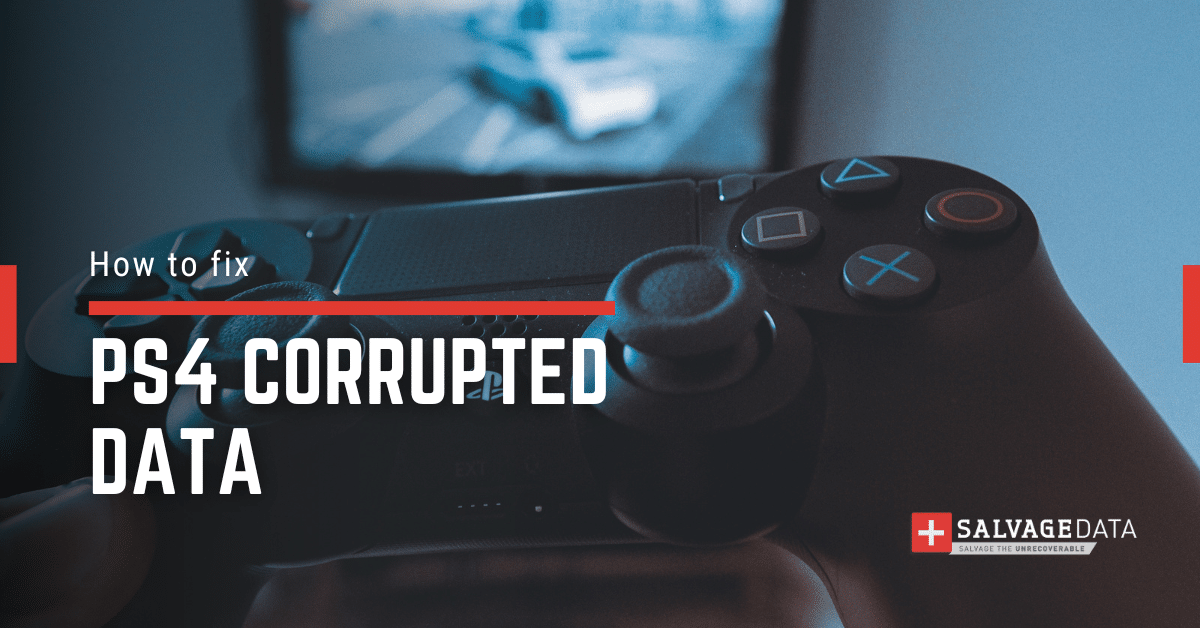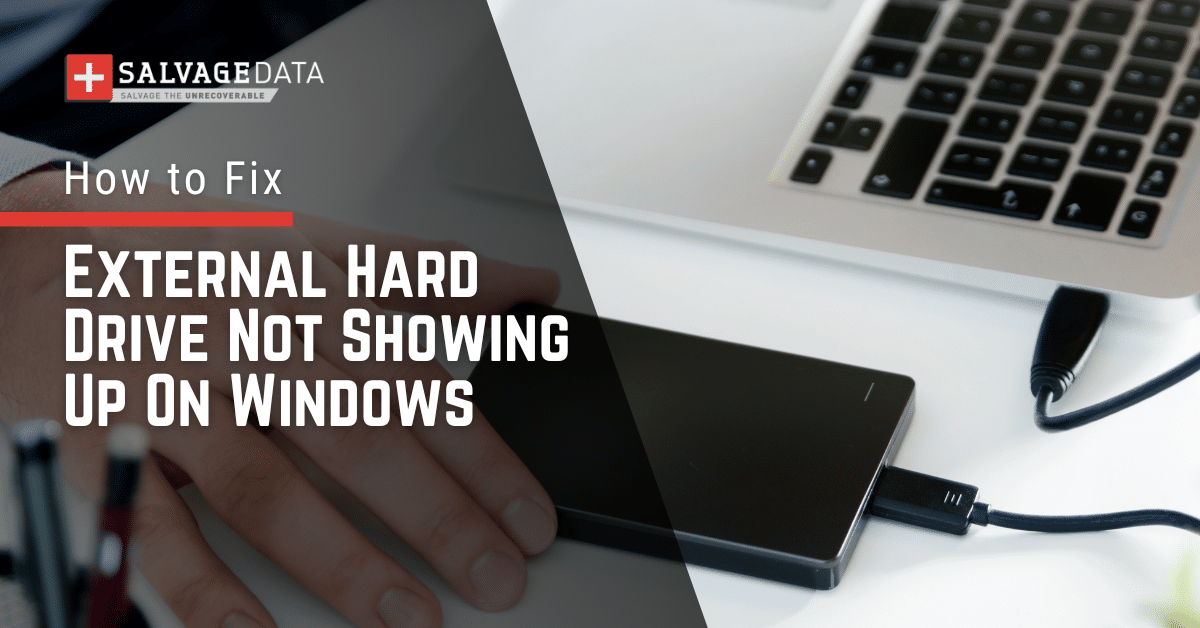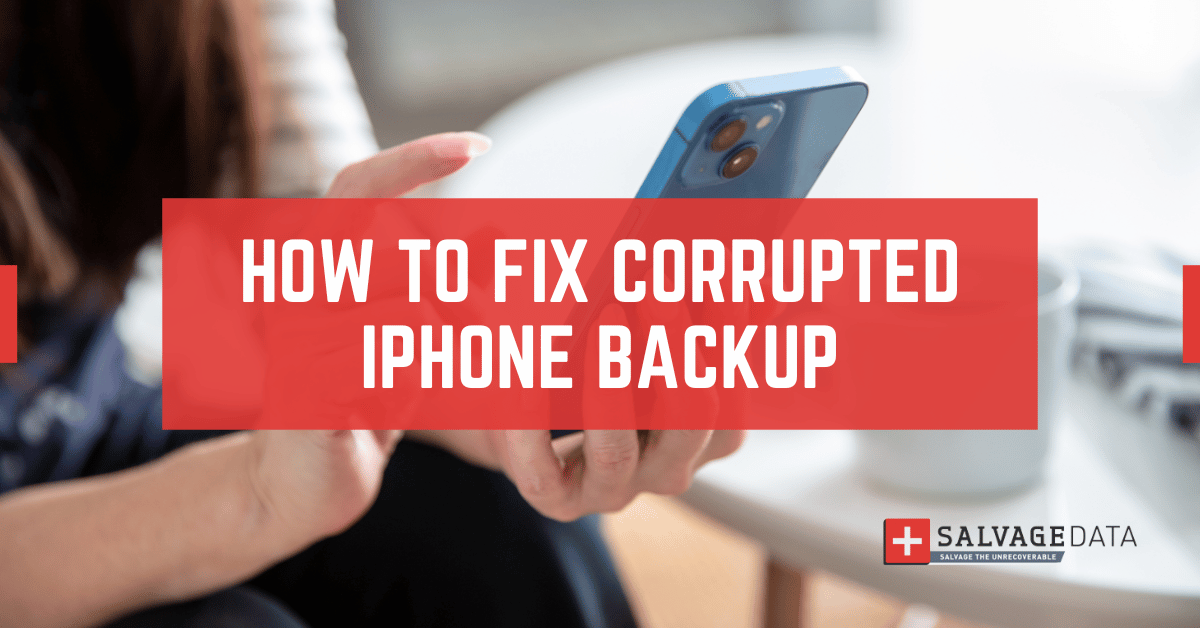Recent Articles
Quickest Mobile Data Recovery Case: 100% of Data Recovered in One Hour
How to fix a corrupted database on PS4
How to Troubleshoot Black or Blank Screens in Windows
LockBit Ransomware: A Comprehensive Guide to the Most Prolific Cyber Threat
How To Use iPad Recovery Mode
How to Prevent Overwriting Files: Best Practices
External Hard Drive Not Showing Up On Windows – Solved
How to Fix a Corrupted iPhone Backup
Backup and Remote Wiping Procedures
Common VMware Issues and Troubleshooting Solutions

I think there's an issue with my storage device, but I'm not sure Start a free evaluation →
I need help getting my data back right now Call now (800) 972-3282
Saving a new version of a file over an old one is a common mistake, and it is usually easily fixed. People often assume that once a file is overwritten, it’s gone forever. However, this isn’t always true. While retrieving the file is harder once it has been overwritten – it’s not impossible.
Depending on the circumstances and the tools you have available, you may be able to recover the original version of your file. Check out our step-by-step guides for restoring overwritten files on Mac and Windows.
How are files overwritten?
Accidentally deleting a file can indirectly lead to overwritten files due to how modern storage systems manage data. When a file is deleted, the operating system doesn’t immediately erase its contents from the storage device. Instead, it marks the space occupied by the deleted file as available for new data. The original file’s data remains intact until that space is needed for new information. If you continue using the device after accidental deletion, new files or data may be written to this newly available space, effectively overwriting the contents of the deleted file.
This process makes recovery increasingly difficult as more time passes and more data is written to the drive. Therefore, what begins as accidental deletion can quickly escalate to an overwritten file situation if swift action isn’t taken to recover the deleted file or if the storage device continues to be actively used.
Files can be overwritten in other ways as well, often occurring unintentionally. The most common scenarios include:
- Saving with the same name and location
- Editing and saving over original files
- Automatic saving features
- File synchronization conflicts
- Moving or copying without heeding warnings
- System updates overwriting program files
- Malware corruption
- Disk formatting or partition management
Is it possible to recover overwritten files – with no previous versions
Recovering overwritten files depends on specific circumstances. When a file is overwritten, new data replaces the old in the same location, but fragments of the original may remain temporarily.
The likelihood of recovery largely depends on factors such as:
- How quickly you realize the overwrite has occurred
- The method of overwriting
- The tools at your disposal
- Time elapsed since overwriting
- Amount of disk activity since the incident
- Type of storage device (HDD vs SSD)
- Type of file system used
Built-in OS features like Windows’ File History or macOS’s Time Machine can help if enabled. More on these solutions below.
How to recover overwritten files if there are no previous versions available
In cases where no previous versions or backups are available, recovery becomes more challenging but may still be possible.
File carving techniques
Specialized data recovery software can scan the drive for file signatures and may recover fragments of the original file.
Data recovery services
Requesting professional services with advanced tools and expertise may have a higher success rate.
Shadow copies (on Windows)
If enabled, these may contain older versions of files, though they’re limited by available disk space and system settings.
File system journal analysis
Some file systems keep temporary logs of changes, which may allow recovery of recent overwrites.
Backup analysis
Check for any overlooked backups or temporary files containing the lost data.
However, it’s crucial to understand that full overwritten file recovery is not guaranteed. If the original data has been completely replaced by new information or the drive has been used extensively since the overwrite occurred, the chances of successful recovery diminish significantly.
How to recover overwritten files on Windows
Windows offers a built-in feature—File History—that can help you recover overwritten files. However, this method only works if you’ve previously enabled File History or if Windows has created restore points. Here’s how to use it:
Step 1: Open File Explorer
Navigate to the file location by using File Explorer and browse to the folder where your overwritten file was originally stored. This ensures you’re in the right directory for the recovery process.
Step 2: Access folder Properties
Right-click on the folder and select Properties from the menu. This action opens a window with various folder settings and information.
Step 3: Explore previous versions
In the Properties window, click on the Previous Versions tab. This tab displays a chronological list of available folder versions, corresponding to restore points or File History backups.
Step 4: Choose the right version
Select the version that most likely contains the file before it was overwritten. Consider the date and time of each version to make an informed decision.
Step 5: Examine the selected version
Click “Open” to view the contents of the chosen version. This action allows you to browse through the folder as it existed at that point in time.
Step 6: Retrieve your lost file
Within the opened version, locate the file you need and copy it to a new location on your current system. This step safely recovers your file without overwriting any existing data.
Step 7: Explore alternative versions if needed
If the file isn’t in the version you selected, don’t worry. Simply close that version, return to the Previous Versions tab, and try an alternative version. Repeat the process until you find your file.
How to recover overwritten files on Mac
Mac users have a powerful built-in file recovery tool called Time Machine. Like Windows’ File History, you must enable this feature to create backups of your files. Time Machine allows you to recover deleted or overwritten files by navigating through a timeline of your backup history.
Step 1: Open Time Machine
Click the Time Machine icon in the menu bar and select Enter Time Machine. This action will open the Time Machine interface, allowing you to browse through your backups.
On the right side of the screen, you’ll see a timeline. Use this timeline to navigate to a point in time before the file was overwritten. This feature helps you pinpoint the exact version of the file you want to recover.
Step 3: Locate the File
In the Finder window, locate the file you want to recover within the Time Machine interface. This window allows you to browse your backed-up files just like you would in a normal Finder window.
Step 4: Restore the File
Once you’ve found the file, select it and click Restore. This action will recover the file to its original location on your Mac, making it available for use again.
How to keep both versions of an overwritten file
If you want to keep both the overwritten and recovered versions of the file, hold the Option key while clicking Restore. This will allow you to choose a new location for the recovered file, preserving both versions.
How backups can help recover overwritten files
Backing up your data is the most effective way to prevent loss due to overwritten files. When you maintain up-to-date backups, you can easily restore previous versions of your files, even if they’ve been overwritten on the original device.
Many backup mediums and methods are available, including external hard drives, network-attached storage, and cloud-based solutions. Cloud backups are particularly useful because they automatically save multiple versions of your files, allowing you to revert to earlier versions if needed.
The most recommended backup method is the 3-2-1 backup solution—three copies of the files stored in two different devices, with at least one off-site and preferably offline.

When all other methods fail to recover your overwritten files, it may be time to contact a professional data recovery service. These specialized companies have advanced tools and expertise to recover data in even the most challenging situations.












